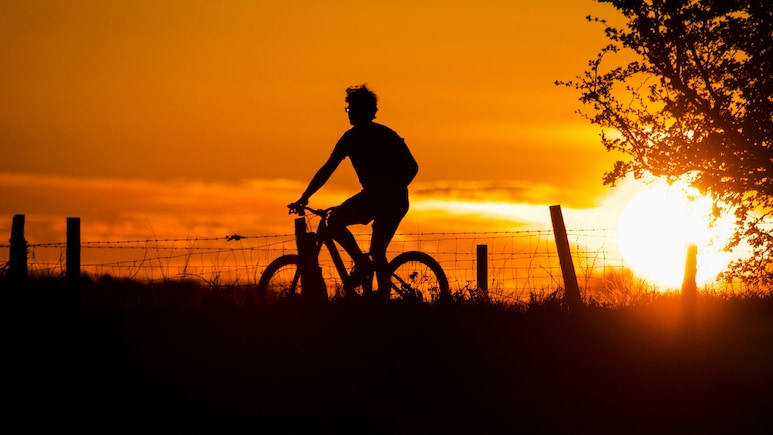
- Slow travel focuses on cultural immersion, spending more time in fewer places sustainably
- City breaks are short, high-paced trips ideal for 2-4 days with packed itineraries
- Slow travel suits those seeking rest and meaningful experiences; city breaks suit variety and quick visits
When you picture your next holiday, do you imagine commuting between landmarks, sipping coffee in a new café every day, and hopping on multiple modes of transport to squeeze in as many sights as possible? Or would you rather unpack once, linger in a single neighbourhood, and let the rhythm of local life shape your days? In today's time, vacation has become a necessity more than a want. While both the travel trends - city breaks and slow travel have their charms, one is more about a quick shot of excitement, while the other is an immersive, restorative experience. If you are wondering which travel style you should choose for your next break, here's a quick breakdown to help you decide which style will leave you feeling truly satisfied
Also Read: 6 Most Scenic Lakes In India You Need To Visit
What Is The Meaning Of Slow Travel?
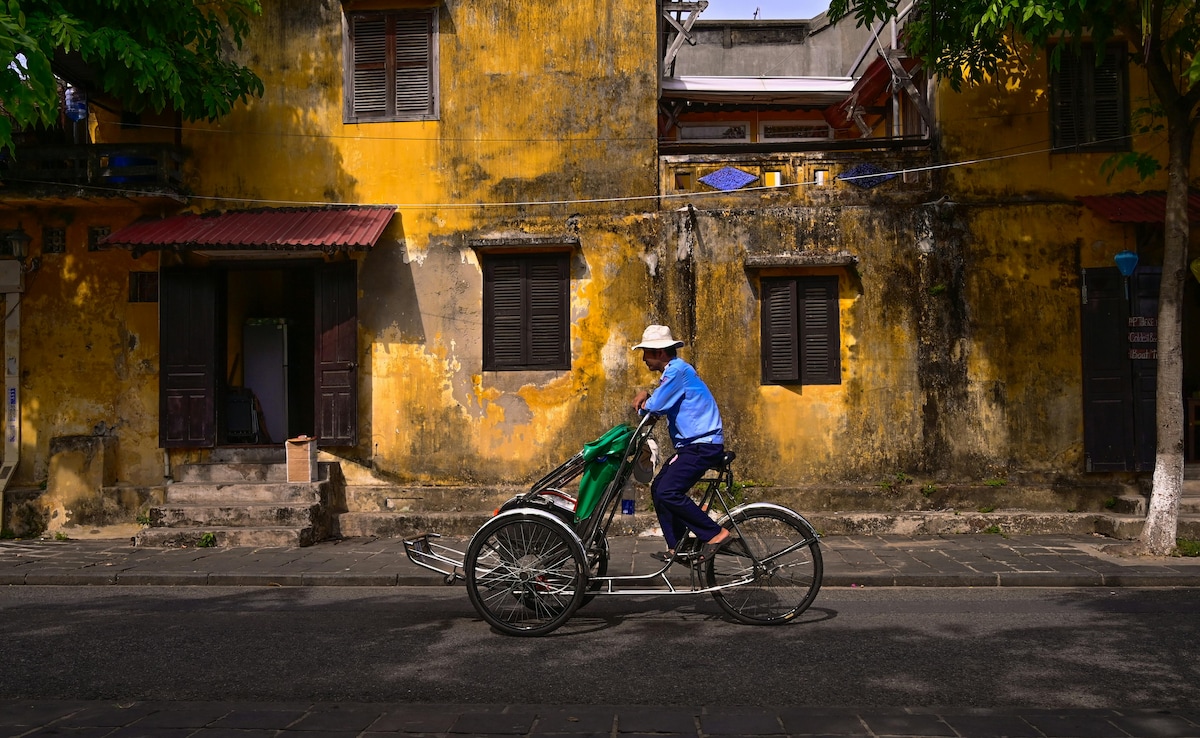
Photo: Pexels
Slow travel is a way of exploring the world that prioritises meaningful experiences, cultural immersion, and sustainability over speed and quantity of destinations. It involves spending more time in fewer places, connecting with local communities, and appreciating the journey as much as the destination.
What Is The Meaning Of A City Break?
A city break is a short trip to a city, typically lasting a few days, often taken over a weekend. It's a popular way to experience a city's culture, attractions, and atmosphere without taking a long vacation. These trips can be solo, romantic, or with family and friends.
Slow Travel vs City Break: What's The Difference:
1. The Pace Of The Trip
City Break
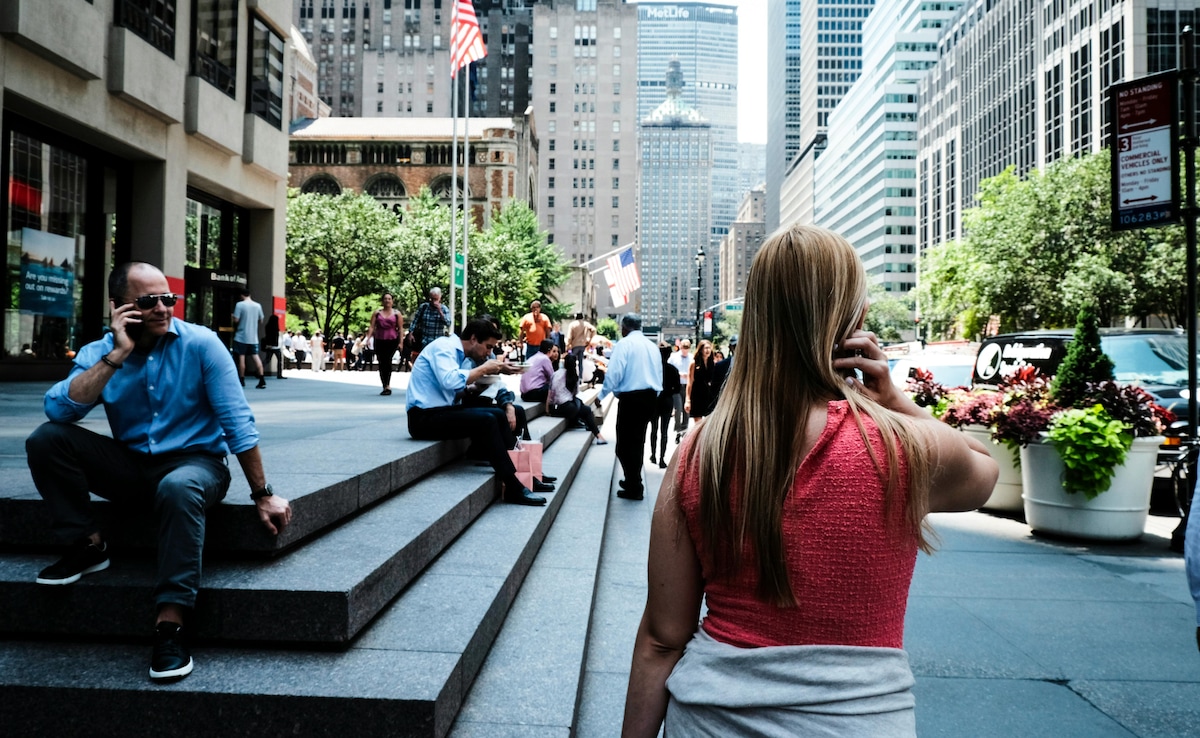
Photo: Pexels
A city break is usually high-paced by nature. You are trying to see and do as much as possible in a short span, which means early starts, packed itineraries, and often, a lot of walking or commuting between places. It's perfect for those who love energy and physical effort, and don't mind a bit of travel fatigue in exchange for seeing more.
Slow Travel
As compared to a city break, slow travel is not hurried. You might spend the entire day exploring one small district or even just enjoying the view from a cafe terrace. This pace allows you to absorb tiny details that are often missed, like the way locals greet each other, the smell of fresh bread from the bakery, or a well-maintained park used by locals, without being rushed.
2. Time Commitment
City Break
Ideal for people with limited leave, a city break works amazingly for 2-4 days. You can fly in on a Friday, spend the weekend exploring, and be back in the office on Monday with a phone full of photos. It is also great for long weekends or when you are passing through a destination to another place.
Slow Travel
Slow travel demands a bigger time investment. Usually, it is for a week or more in one place. The longer stay helps you get into a rhythm and allows for "lazy days" without feeling like you are missing out on anything. This style works especially well for gap years, workations, or extended holidays.
3. Cost Considerations
City Break

Photo: Pexels
While the total trip cost can be lower since you are staying for a few days, big cities often come with higher daily expenses like pricier hotels, dining out for every meal, and costly entry tickets. Deals on flights and mid-range stays can help keep the budget in check, but impulsive spending is easy in vibrant urban centres.
Slow Travel
Staying longer in one place often means securing better rates on rentals, cooking some of your own meals, and avoiding the constant expense of transport between attractions. Rural towns or smaller cities can be much more affordable than tourist-heavy metropolitan cities. That said, slow travel in an expensive destination could still break your bank.
4. Energy Levels
City Breaks
The adrenaline rush of exploring somewhere new each day can be fun but exhausting. With constant movement, you might return home and need another holiday to recover. This is fine for people who draw energy from socialising, sightseeing, and staying on the go.
Slow Travel
A slower pace is kinder to both body and mind. You can plan rest days, sleep in without guilt, and have afternoons that involve nothing more than reading under a tree. It's a good fit if you want to return home feeling rested rather than worn out.
5. Experience Depth
City Break
You'll get a broad overview of the place. The big museums, famous markets, and the tourist-friendly attractions. It's an excellent way to experience a place's highlights, but you might miss its subtler charms, like the tiny bakery that only the locals know or the art studio where kids come to learn to paint.
Slow Travel

Photo: Pexels
Spending more time in one place lets you experience it to the fullest. You might shop at the same morning market daily, get into conversations with cafe owners, or be invited to a local festival you didn't even know existed. This deeper connection and bond with the locals often stays with the travellers long after the trip.
Also Read: From Wayanad To Kabini, This Is South India's Most Romantic Road Trip Right Now
6. City Break vs Slow Travel: Which One To Choose?
City Break
See, a city break is perfect for first-time visitors, bucket-list chasers, and those with an insatiable curiosity who enjoy variety and movement. If you love coming home with stories from multiple places, plenty of pictures and the satisfaction of covering a destination quickly, this style is perfect for you! It's also great for spontaneous getaways when you cannot commit too much time.
Slow Travel
This type of travelling is for people who like meaningful connections over checklists. If you enjoy spending time over meals, spending hours in one museum without looking at the phone, or learning a few phrases in a local language, slow travel will give you that space. It's especially rewarding for foodies, writers, nature lovers, and anyone looking for an escape from their monotonous lives.
Is Slow Travel Worth It?

Photo: Pexels
As mentioned above, slow travel is for people who enjoy meaningful conversations, spending time, and basically not rushing things. It is for people who take time to absorb and feel the surroundings. So, yes, slow travel is worth it if you are looking for a refreshing change from your monotonous life.
Which Travel Style Is Best For A First-Time International Trip
If it's your first time travelling abroad, a city break feels safer and more manageable. Big cities usually have better public transport, plenty of tourist-friendly infrastructure, and more English-speaking locals. You can explore iconic landmarks, try varied cuisines, and get a taste of local culture without worrying about logistics. But if you're staying for two weeks or more, slow travel could be rewarding.
Which Style Is Better For Food Lovers And Cultural Experiences?
If you want variety, nothing could beat the charm of a city break. You can taste street food in the morning, dine at a Michelin-starred restaurant at night, and still have time for a weekend market or cultural festival. But if your heart lies in understanding how a dish is made, eating at the same local café until the staff know your name, or attending traditional cooking classes, then go for slow travel.
Best Destinations For Slow Travel In India:
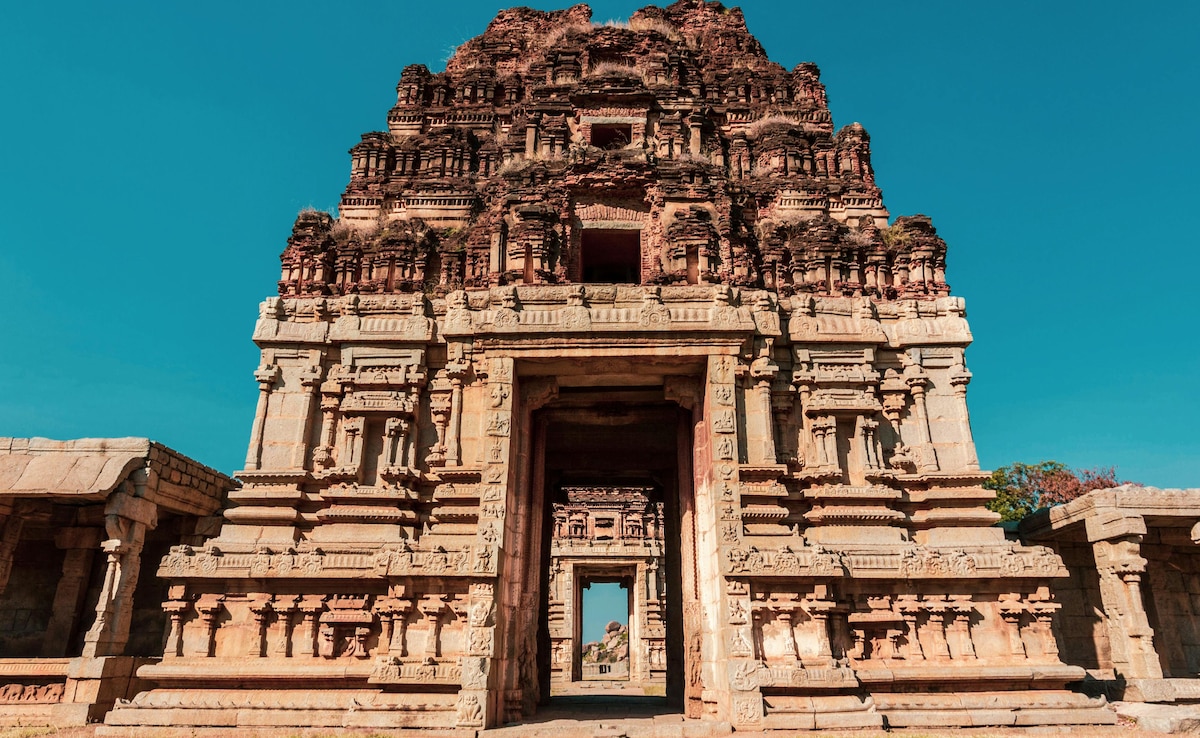
Photo: Pexels
- Hampi, Karnataka: Ancient ruins, riverside cafes, and laid-back cycling routes.
- Ziro Valley, Arunachal Pradesh: Rice fields, music festivals, and warm Apatani hospitality.
- Kumaon, Uttarakhand: Mountain villages, local homestays, and Himalayan treks.
- Pondicherry, Tamil Nadu: French architecture, coastal charm, and leisurely cafe culture.
Chettinad, Tamil Nadu: Heritage mansions, traditional kitchens, and temple trails.
Best Destinations For City Breaks In India:
- Delhi: Mughal monuments, bustling bazaars, and a dynamic food scene.
- Mumbai - Bollywood glamour, sea-facing promenades, and late-night street eats.
- Bengaluru - Craft beer pubs, heritage walks, and green parks.
- Jaipur - Pink-hued palaces, artisan markets, and royal dining.
Kolkata - Colonial architecture, book fairs, and legendary sweet shops.
How To Make A City Break Feel Less Rushed
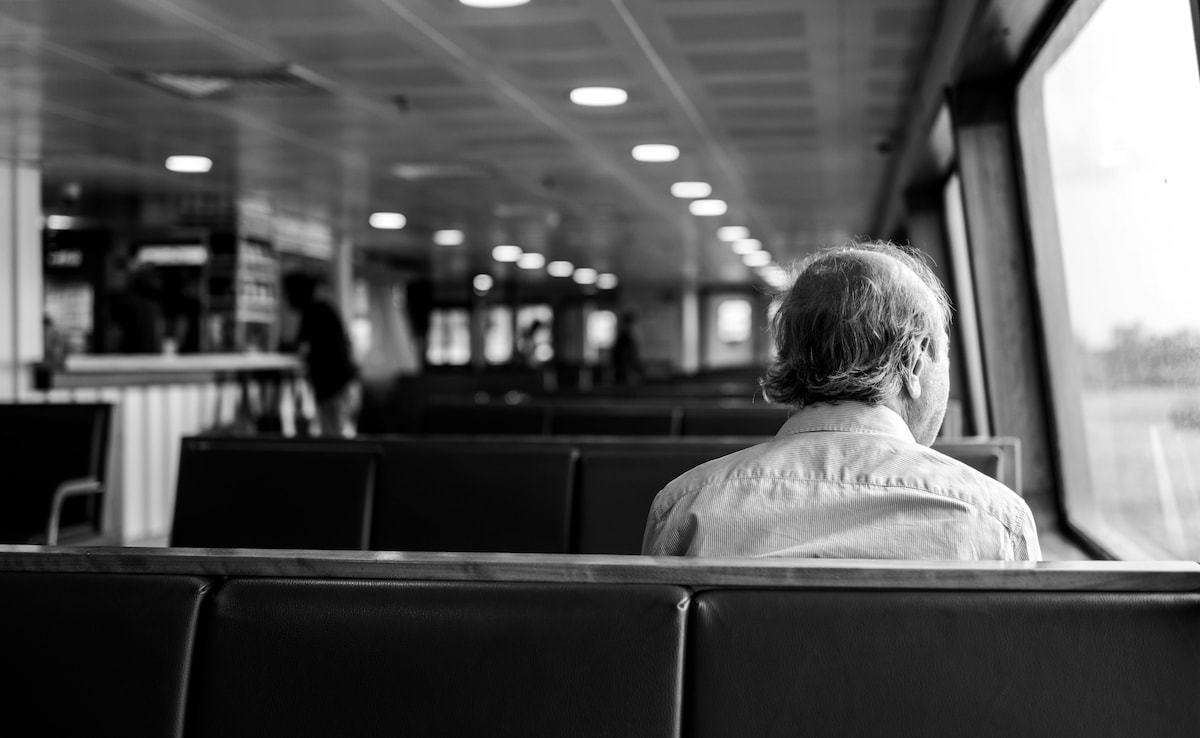
Photo: Pexels
- Pick fewer sights, but enjoy them longer: Instead of ticking off 10 attractions, linger at 3-4 key spots.
- Stay central: Book accommodation close to major attractions to cut travel time.
- Build in "empty space" - Leave a couple of hours unplanned each day for spontaneous exploring.
- Eat where locals eat - Skip tourist traps for small eateries, food courts, and family-run restaurants.
- Travel off-peak hours - Visit popular sites early morning or late afternoon to avoid crowds and queues.
So, choose your travel style to match the kind of vacation you prefer!
Track Latest News Live on NDTV.com and get news updates from India and around the world

